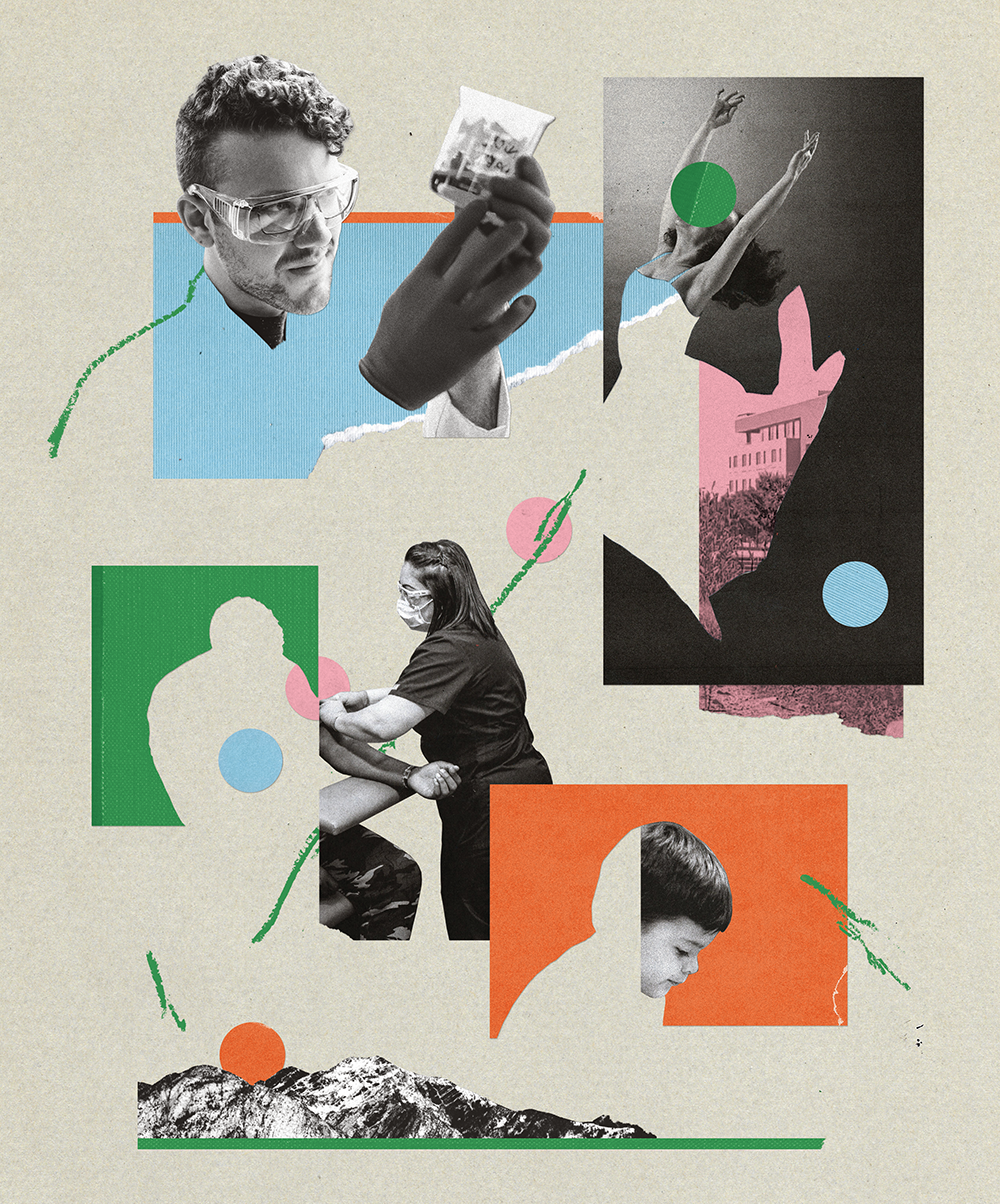
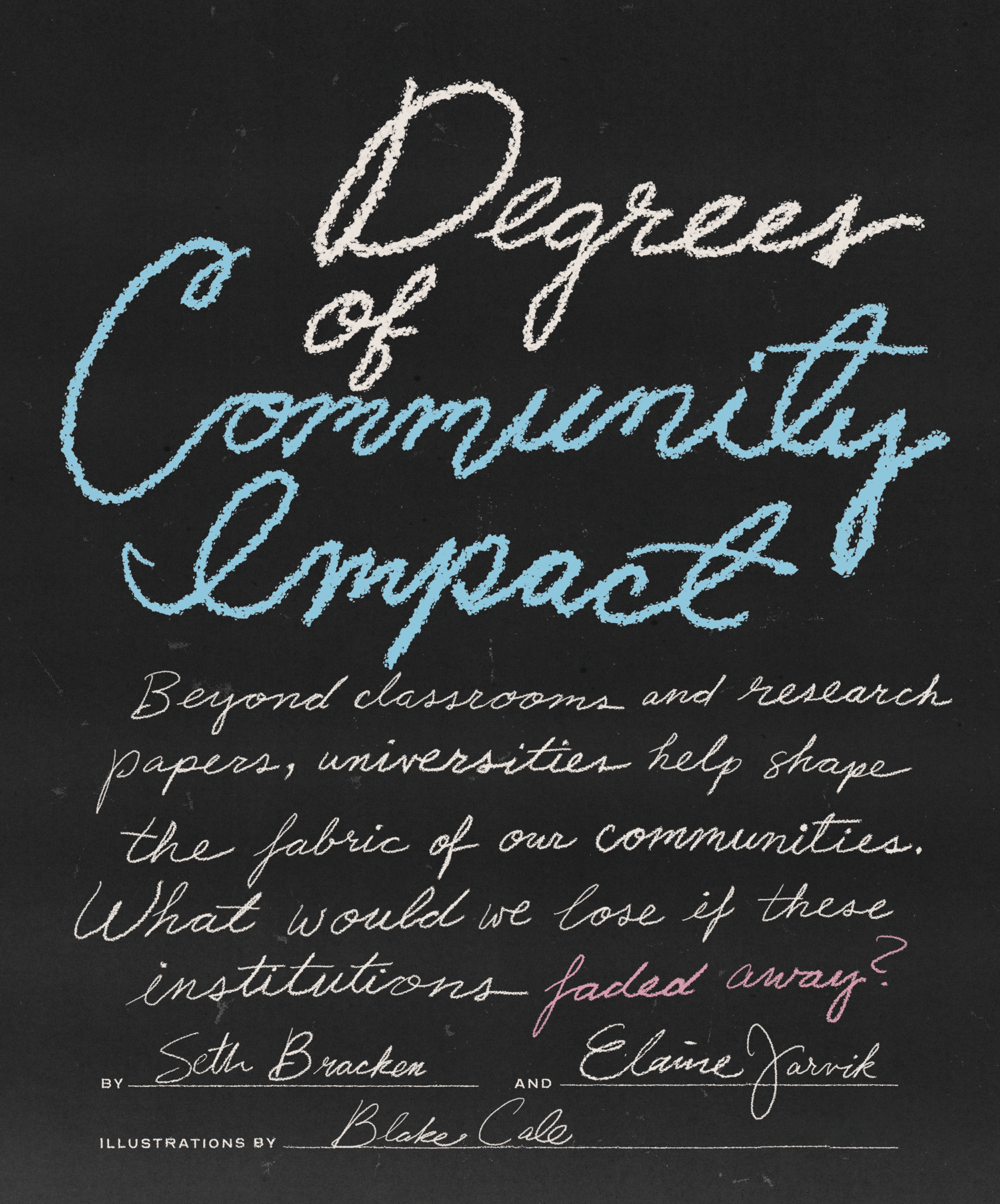
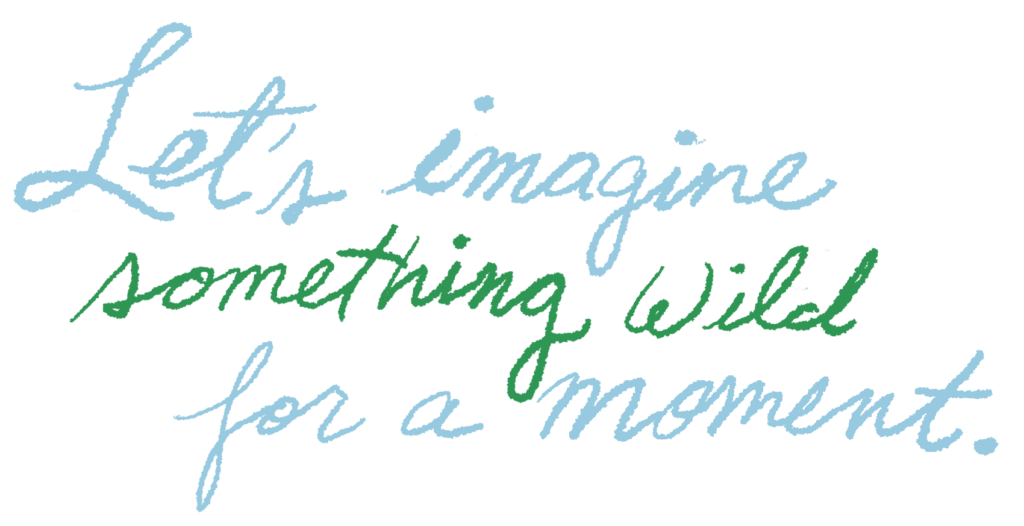 Picture waking up tomorrow and poof—the University of Utah has vanished into thin air. What happens to Utah then? How does our community shift? What do we all stand to lose?
Picture waking up tomorrow and poof—the University of Utah has vanished into thin air. What happens to Utah then? How does our community shift? What do we all stand to lose?
Beyond merely being a launchpad for careers, universities like the U are crucial in crafting well-rounded individuals. They’re not just about teaching job skills and nurturing critical thinking. They also foster empathy and resilience, stitching these qualities into the fabric of our society.
Did you know: Utahns with degrees are almost twice as likely to volunteer and give about 3.5 times more to charity than those without? Plus, they generally report feeling happier, healthier, and more optimistic about life, according to a recent survey from Cicero Group for the Utah System of Higher Education.
If the U just disappeared, we’d lose a whole lot more than just a place of learning. It would ripple through society in ways we might not even fully realize. From innovative projects to extensive community outreach, the spirit of improving the world is deeply ingrained here—and it’s growing even stronger with U President Taylor Randall’s challenge for the university to have unsurpassed societal impact and reach every one of Utah’s 3.5 million residents. Here are just a few examples of how the university isn’t just part of Utah—it’s a cornerstone of our collective well-being.
COMMUNITY CLASSROOMS
As a senior accounting major, Hannah Hickman could have easily confined herself to spreadsheets and financial models. Instead, through the U Service Corps, she found herself forging new community partnerships for Special Olympics Utah and helping with health screenings on the Navajo Nation.
“The U Service Corps has completely changed my perspective on what it means to be a student,” Hickman reflects. “I’m not just learning in a classroom anymore. This experience has been incredible and has reaffirmed my goal of eventually working in the nonprofit sector.”
Hickman’s story exemplifies the transformative power of the U Service Corps, a program that’s deceptively simple at its core: students engage in 120 hours of service per semester and receive $5,000 in scholarships and wages, along with school credit. Yet this straightforward premise belies a bigger picture of how higher education can model community engagement, says Morgan Lyon Cotti BA’01, associate director of the U’s Hinckley Institute.
Launched last fall as part of the statewide One Utah Service Fellowship, the U Service Corps represents a novel approach to addressing multiple challenges simultaneously. Starting with 200 students this academic year—and with goals to expand to 1,000 students in the coming years—it gives participants a path to reduce debt while gaining valuable practical experience. At the same time, it channels the energy and talent of these students into local nonprofits, creating a symbiotic relationship between the university and its surrounding community.
“By intertwining education with service, we’re not just shaping careers—we’re cultivating engaged citizens who understand the power of knowledge applied to real-world challenges,” says Lyon Cotti. “This program represents our belief that a university’s success should be measured not only by the achievements within our campus, but by the positive change we foster in our broader community.”
LEARNING THAT LIFTS COMMUNITIES
For her first 10 years in prison, Lia Olive was a rule-breaker and a brawler, the kind of incarcerated person who was periodically sent to maximum security and didn’t care.
Now, at age 43, she has a new definition of herself: scholar. She also has a new goal: to be an advocate for other prisoners, both those still inside and those who eventually get out—all the women and men whose futures could include a college education.
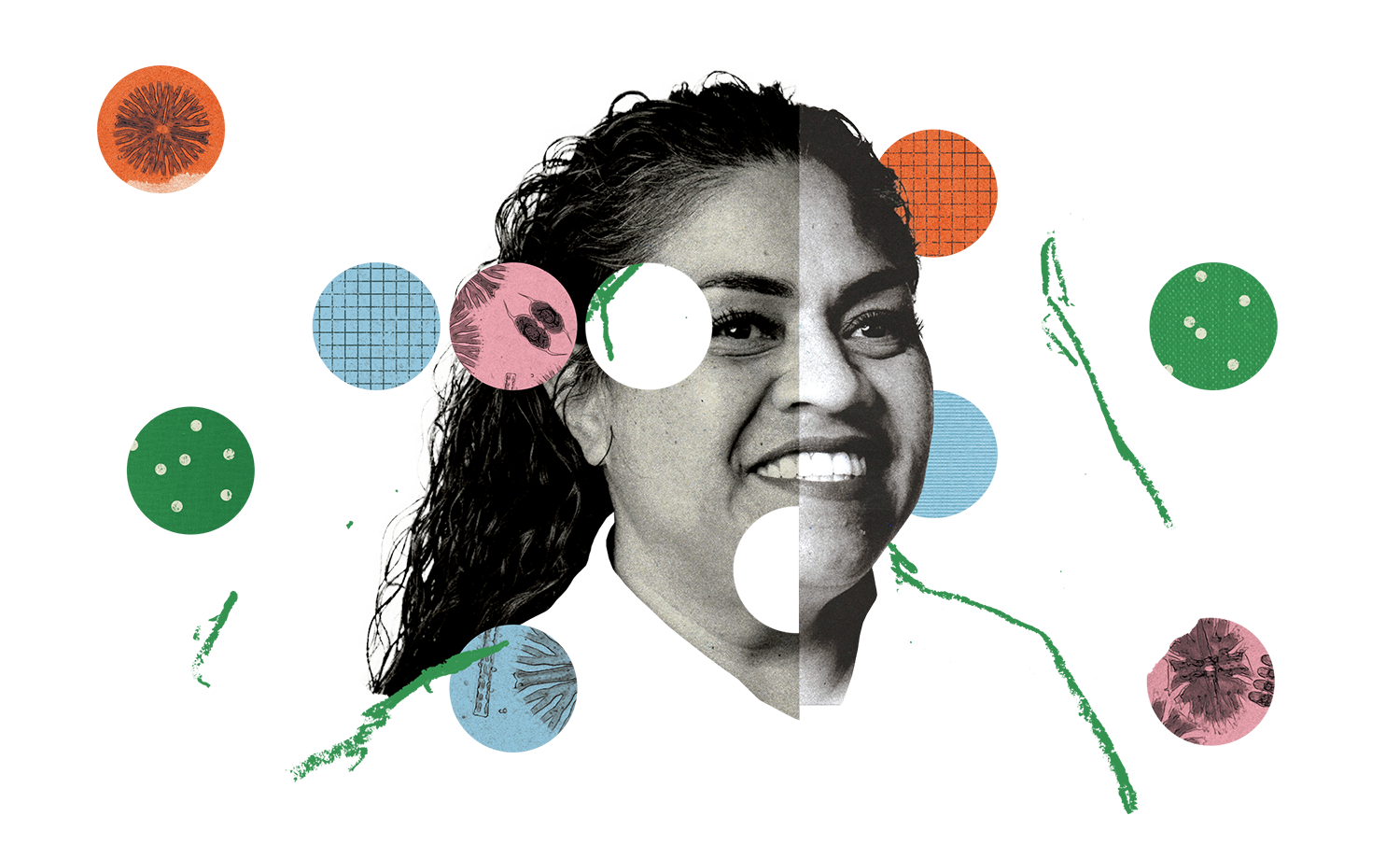
Olive’s own journey to academia began at the Utah State Prison in 2018 with the U’s then-fledgling University Prison Education Project (UPEP), which brought professors inside to teach rigorous college-level courses. Olive’s first class was Introduction to Microbiology. It was the first time she had ever looked through a microscope, and the first time she had encountered a teacher like Dustin Williams PhD’12.
Here was a man not just standing at the front of the room rattling off facts. “It felt like he was in love with the topic he was teaching,” Olive says. “It made me fall in love with it as well.”
The next semester, she took anatomy and physiology, then neuroscience. As the list of challenging courses grew—sociology of education, history, literature and the law—she discovered that she loved to grapple with new ideas, and when she was released from prison in 2021, after 18 years locked up, she enrolled at the U full time. This summer she’s on track to graduate with a bachelor of science in communication studies.
When she was 19, a car accident killed her father and left her mother in the hospital for eight months; Olive had to drop out of Salt Lake Community College to take care of her younger siblings. She began hanging out with a bad crowd, and on a spring evening in 2002 her life took a devastating turn. As a result, she was given two consecutive sentences, five-to-life and 15-to-life. She entered prison full of regret, sorrow, and anger.
Her transformation began a decade later, after a visit from her mother and younger sister. Olive was in maximum again, so the visit was through bullet-proof glass. She tears up now when she remembers her sister’s question: Why do you keep picking these other people instead of us?
She eventually agreed to see a prison therapist, then learned how to train dogs for veterans with PTSD. And then, in 2018, the U’s Erin Castro showed up at the prison to recruit students for UPEP. A little over a year before, Castro had taught a U Honors praxis lab where she and 10 undergraduate students researched what later became the prison education project. The goal was to bring the rigor of university classes to incarcerated people. In the years since then, UPEP’s faculty—from every college on campus—have taught a total of some 300 female and male incarcerated people.
In the summer of 2024, UPEP expanded its reach. For the first time, it enrolled 15 incarcerated women as matriculated U students, all working toward a degree from inside the prison. Castro and her colleagues are also getting ready to launch a national center to research the role of higher education in prisons. It will be the only center of its kind in the United States.
“We see a lot of folks with the best intentions leave prison and disappear, not because they don’t want college but because we make it impossible for them to be successful,” says Castro, associate professor of education and associate dean of undergraduate studies. One of UPEP’s goals is to help formerly incarcerated students navigate life on the outside.
As UPEP re-entry coordinator, Olive’s part-time job is to help ex-incarcerated people figure out the intricacies of student loans, housing, food vouchers, and childcare. She’s also their cheerleader when school gets overwhelming. Olive’s own plans include graduate school; her long-term goal is to help create prison education policy.
Now the mother of a toddler, she wants to show her daughter that “just because she’s a brown body in Utah,” she doesn’t lack options. “I want her to know that education will help her move forward,” she says, then adds, “I want her to find that out in a more timely manner than her mom did.”
Seth Bracken is editor of Utah Magazine, and Elaine Jarvik is a Salt Lake City-based writer and playwright.
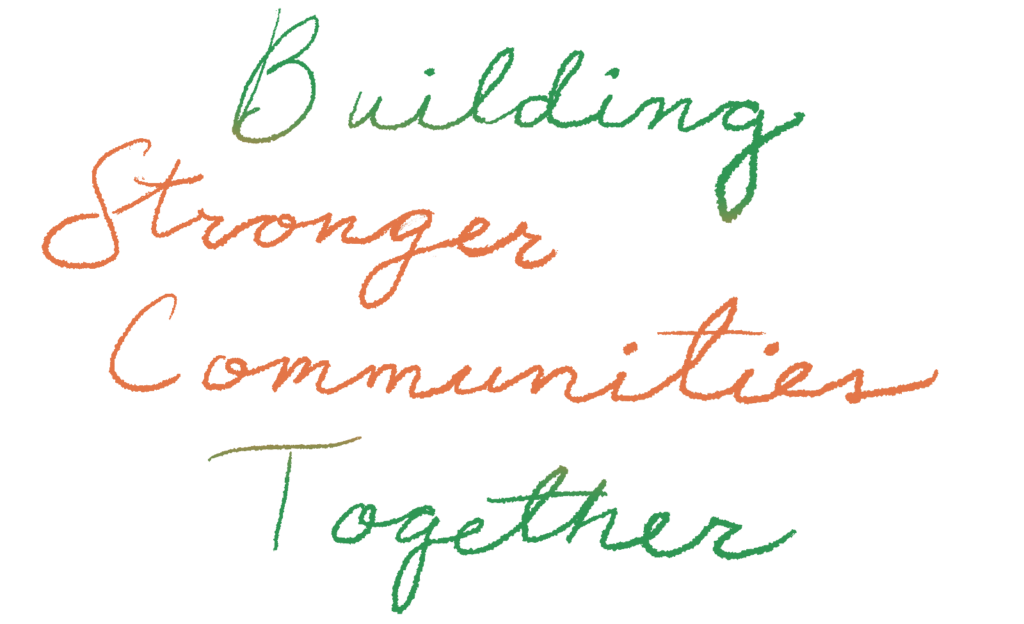 From the Utah Education Network’s school broadband services to Utah Poison Control’s 24-hour crisis hotline, the U’s service programs form a wide-reaching web of support, education, and societal enhancement. An exhaustive list would be impossible, so here are just a few ways the U improves life for Utahns every day.
From the Utah Education Network’s school broadband services to Utah Poison Control’s 24-hour crisis hotline, the U’s service programs form a wide-reaching web of support, education, and societal enhancement. An exhaustive list would be impossible, so here are just a few ways the U improves life for Utahns every day.
HEALING HEARTS, MINDS, & BODIES
College of Nursing
Juvenile Justice and Youth Services provides comprehensive medical care and psychiatric services for youth aged 12-18 in statewide juvenile justice facilities
-
Caring Connections
Trains community providers on bereavement care and offers grief support to 350+ participants annually
-
The Family Caregiving Collaborative
Partners with various community and state entities, such as the Utah Development Disabilities Council and Utah Caregiver Support Program, to raise awareness about caregiver services; supports and advocates for Utah family caregivers
Center for Community Nutrition
Runs the Driving Out Diabetes Initiative, which assists 30,000 Utahns annually, offering free nutrition education and diabetes prevention through family workshops, cooking classes, school curricula, and support for unhoused individuals
Consultation Access Link to Utah Psychiatry (CALL-UP)
State-funded service that improves mental health care in rural Utah counties by offering expert psychiatric phone consultations at no cost to primary care providers and pediatricians
Huntsman at Home
Huntsman Cancer Institute’s home care program; delivered 3,595 visits across 1,654 square miles in four Utah counties in 2023, providing daily cancer care services from symptom management to acute care as an alternative to hospital visits
John A. Moran Eye Center
The following are funded solely by generous donors.
-
Utah Outreach Clinics
Performs free/low-cost eye exams, surgeries, and eyeglasses for the uninsured, low-income, unhoused, and former refugees across the Salt Lake Valley and patients on the Navajo Nation in partnership with the Utah Navajo Health System
-
Operation Sight Program
Has conducted over 600 free cataract surgeries for those in need since 2012
-
International Outreach
Trains eye care professionals in over 25 low-resource countries across Asia, Africa, and the Americas, restoring vision to patients and providing hands-on experience for local trainees
Huntsman Cancer Institute Mammography Clinic
Mobile clinics bring cancer screening to rural, urban, and underserved Utah communities, providing over 7,000 breast cancer screenings since 2019, with 60 percent of patients receiving government assistance or charitable vouchers
Utah Poison Control Center
For 70 years, has managed over 2 million poison cases and currently handles 40,000 calls annually, providing free, expert advice 24/7 to combat the leading cause of unintentional injury death in Utah
Rocky Mountain Center for Occupational and Environmental Health
Trains 3,000 professionals annually across six states, with a new Weber State University partnership adding nursing programs that produce 30-40 new professionals yearly
Mental Health Crisis Care
SafeUT, a 24/7 crisis intervention app, is a program of Huntsman Mental Health Institute that has been downloaded by over 885,000 Utah students; handles 30,000 chats and 9,000 tips annually while providing immediate support through its Mobile Crisis Outreach Team, with 536 lifesaving interventions conducted in 2023 alone
School of Dentistry
-
Statewide Outreach
Operates clinics across Utah, including Ogden, Rose Park, and St. George, serving underserved communities and Medicaid recipients
-
Community Partnerships
Serves Salt Lake City School District students and underserved communities, including refugees, through clinics at Liberty Community Learning Center and South Main
-
Rural Mobile Dental Clinic
Serves low-income and uninsured rural residents
-
Financial Assistance
Offers the Oral Health Assistance Program, which has provided over $645,000 worth of care to disadvantaged patients not covered by Medicaid
-
Medicaid Network
Coordinates with over 400 Medicaid-associated dental providers statewide
Spencer Fox Eccles School of Medicine
-
C.A.R.E. Fair
Yearly event where family medicine residents and attendings conduct health services for underserved citizens in Salt Lake County
-
Midvale Clinic
Primary and specialty care for 3,000-5,000 low-income and uninsured patients annually, provided by medical students
-
Fourth Street Clinic
Provides health care to 6,000 individuals who are unsheltered and low-income each year with residency rotations for medical trainees
-
Maliheh Free Clinic
Partly staffed by U physicians and trainees; delivers care for 2,000+ uninsured and low-income Utahns
-
PA Student-Run Free Clinics
Health care for uninsured patients at Maliheh Free Clinic, Urban Indian Center, and Doctors Volunteer Clinic in St. George, provided by physician assistant students
-
Training Utah’s Health Professionals
Two-thirds of Utah’s doctors trained at the U, which annually produces 125 new physicians, 40+ physician assistants, and via all its schools and colleges, over 1,000 other health professionals including nurses, dentists, and therapists
Utah School Mental Health Collaborative
Through research, training, and services, Huntsman Mental Health Institute and the College of Education partner to support student and educator mental health statewide, including a clinic at West High School that offers SLC school district students free counseling, screenings, and medication management
Utah Rural Opioid Healthcare Consortium
Delivers opioid treatment via care teams in rural clinics, trains emergency responders in mental health first aid, and supports high-risk families through the Strengthening Families program to prevent substance abuse
U of U Health West Valley City
Future hospital and health center in West Valley City integrating community partnerships, including programs to train local residents in health care fields and initiatives like back-to-school health screenings
The Wellness Bus
Statewide mobile health clinic offering care and education to underserved communities; conducted 12,417 chronic disease assessments in 2023
KNOWLEDGE FOR ALL
Economic Evaluation Unit
Policy research organization in the U’s Economics Department specializing in forecasting, development, and regional analysis, with applied research targeting issues such as labor, health, education, and poverty
Gardner Institute
Provides essential analysis and insights on the Utah economy, public finance, demographics, public policy, and education, guiding informed decisions for lawmakers, businesses, governments, and the public
Genetic Science Learning Center
Produces free, award-winning online educational resources, including games, animations, and curriculum materials that have made genetics and biology accessible to millions of students and teachers worldwide through learn.genetics.utah.edu since 1995
Hinckley Institute of Politics
Places over 300 students annually in local, national, and international internships, fostering civic engagement and preparing future political leaders and public servants
Natural History Museum of Utah
-
Research Quest
Used by over 1,300 teachers and their students who have logged in more than 400,000 times; teaches critical thinking skills through solving scientific mysteries
-
Museum on the Move
Delivers 90-minute interactive sessions to 4th-grade classrooms across Utah, bringing fossils and artifacts to 300 schools annually and reaching every public school district every three years
Osher Lifelong Learning Institute
Enriches the lives of adults aged 50+ by offering 70-some noncredit courses, lectures, and trips to 1,600 members, fostering intellectual growth and social connections
University of Utah Reading Clinic
Resource from the College of Education that annually serves over 9,000 Utah students, educators, and families by offering individualized tutoring for K-12 students and equipping educators with research-based literacy instruction methods
Refugee Community Debate League
Run by the Department of Communication’s John R. Park Debate Society to help the U’s refugee neighbors integrate into the broader community
REFUGES Program
(Refugees Exploring the Foundations of Undergraduate Education in Science) Supports students in 7th to 12th grade, especially refugees, with one-to-one tutoring, mentoring, college/career readiness, financial aid workshops, STEM curriculum, and field trips
Science & Engineering Fair
Annual 5th- to 12th-grade competition, featuring 470 projects from 592 students in 2024; stimulates STEM interest while developing critical thinking and problem-solving skills, with top seniors advancing internationally
The S.J. Quinney College of Law Pro Bono Initiative
Operates 14 monthly brief legal advice programs, serving 1,800+ clients annually with the help of more than 150 student and 100 legal professional volunteers
Utah Cancer Registry
Since 1966, has collected and analyzed data on millions of cancer cases to drive research, shape public health policies, and enhance prevention efforts in Utah
Utah Education Network (UEN)
Provides essential broadband and digital broadcast services to 780,000 learners and 60,000 teachers across Utah’s educational institutions
Utah Population Database (UPDB)
Links over 100 million pedigrees to health and environmental records, supports 400 research projects, and accelerates the discovery of genetic and environmental factors in disease
LIFTING LIVES
Bennion Center
Since 1987, has driven community engagement through various programs, now mobilizing over 8,000 participants annually to contribute more than 130,000 service hours
U of U Seismograph Stations
Monitor and analyze seismic activity across Utah to help reduce earthquake risks through research, education, and public service
University Neighborhood Partners
Enhances education, community well-being, and economic growth in Salt Lake City’s west side through initiatives like after-school programs and community workshops; offers a K-12 Youth Center and lifelong learning classes for over 7,000 participants through its Hartland Partnership Center
Utah Atmospheric Trace Gas & Air Quality
This Department of Atmospheric Sciences and School of Biological Sciences lab collects and analyzes long-term air quality data to understand trends and spatial distribution in Salt Lake Valley and Northern Utah
ARTFUL LIVING, THOUGHTFUL GIVING
Tanner Dance Arts in Education Program
Serves 7,800 students in 40 schools, with a focus on underserved populations and individuals with disabilities
U-FIT
Offers fun, non-competitive activities for children with disabilities to develop sport, dance, and aquatic skills for lifelong physical activity and health
Utah Piano Outreach Program
A 28-week program taught by U piano graduate students that offers after-school group piano classes and private lessons to approximately 120 children from underserved communities at six Title I elementary schools
Utah Museum of Fine Arts Outreach
Served over 26,000 participants through 601 free programs in 2023, including 14,497 in K-12 school and teacher programs aimed at reaching every school district in Utah on a three-year rotation, 6,721 in adult and university programs, and 5,372 in family and community programs, while also launching a new Creative Aging initiative to bring arts enrichment to adults 55 and older
Wilkes Climate Center
Fosters collaboration among researchers, students, and leaders on climate solutions, with $1.5 million in prizes awarded for breakthrough ideas so far
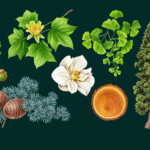
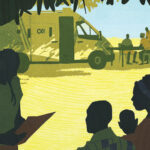

Comments
Comments are moderated, so there may be a slight delay. Those that are off-topic or deemed inappropriate may not be posted. Your email address will not be published. Required fields are marked with an asterisk (*).